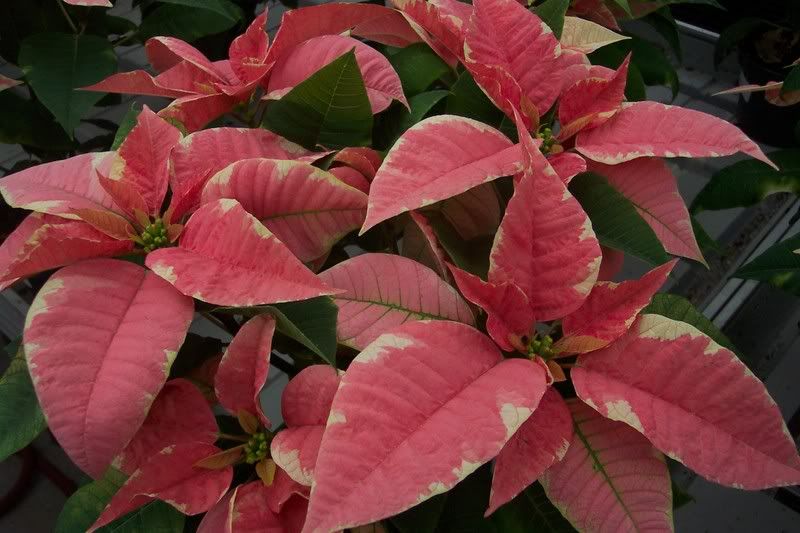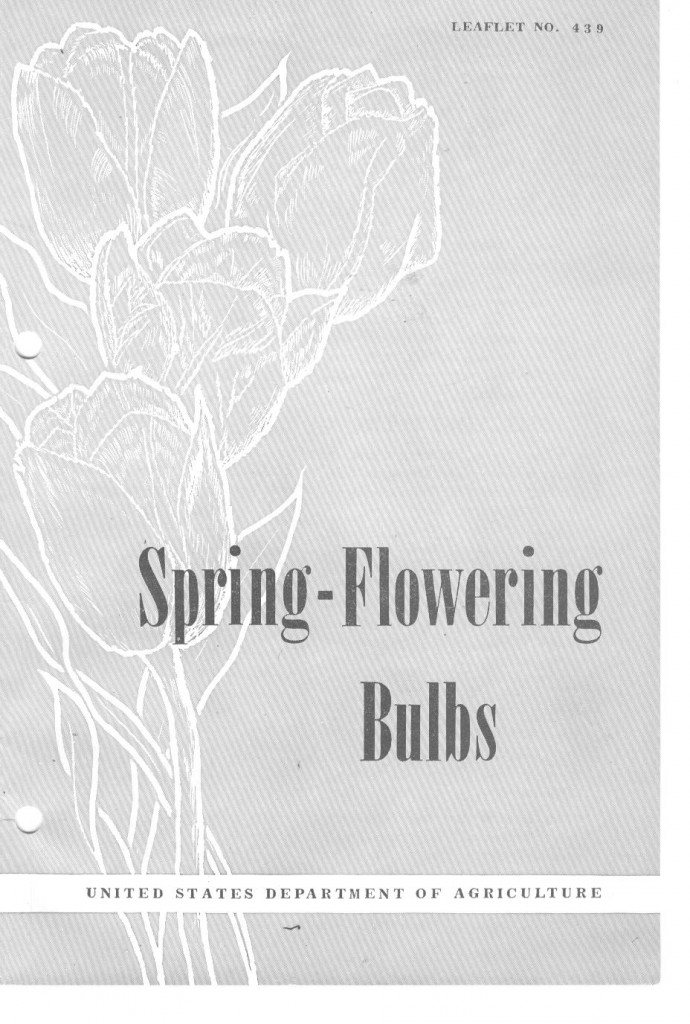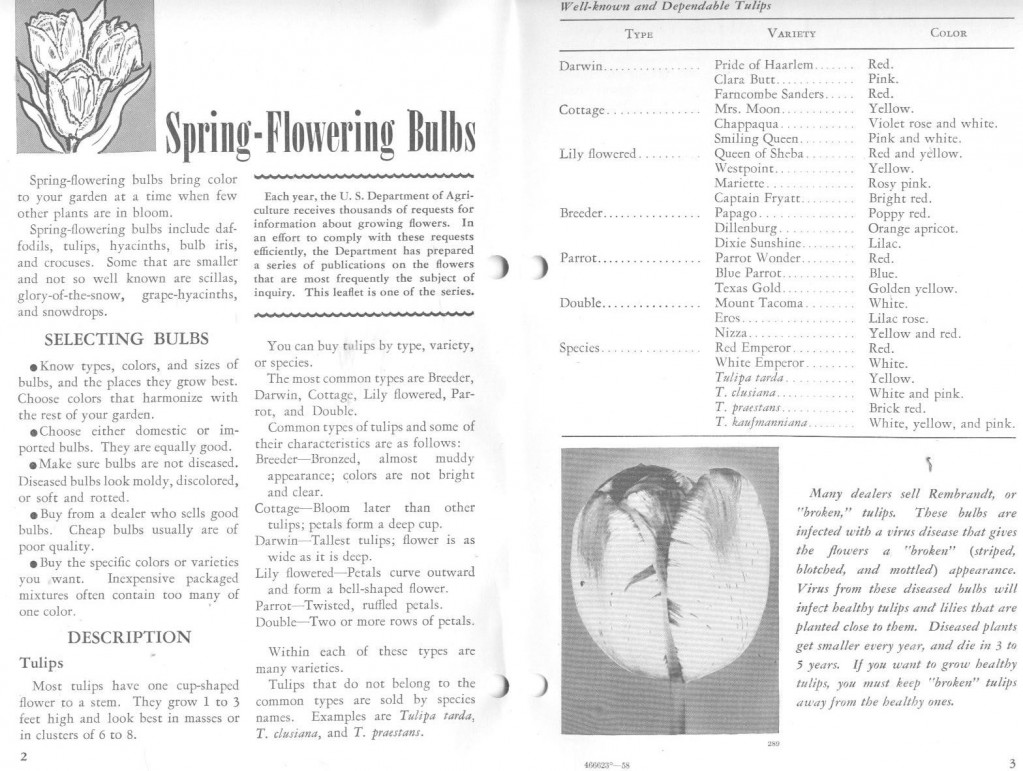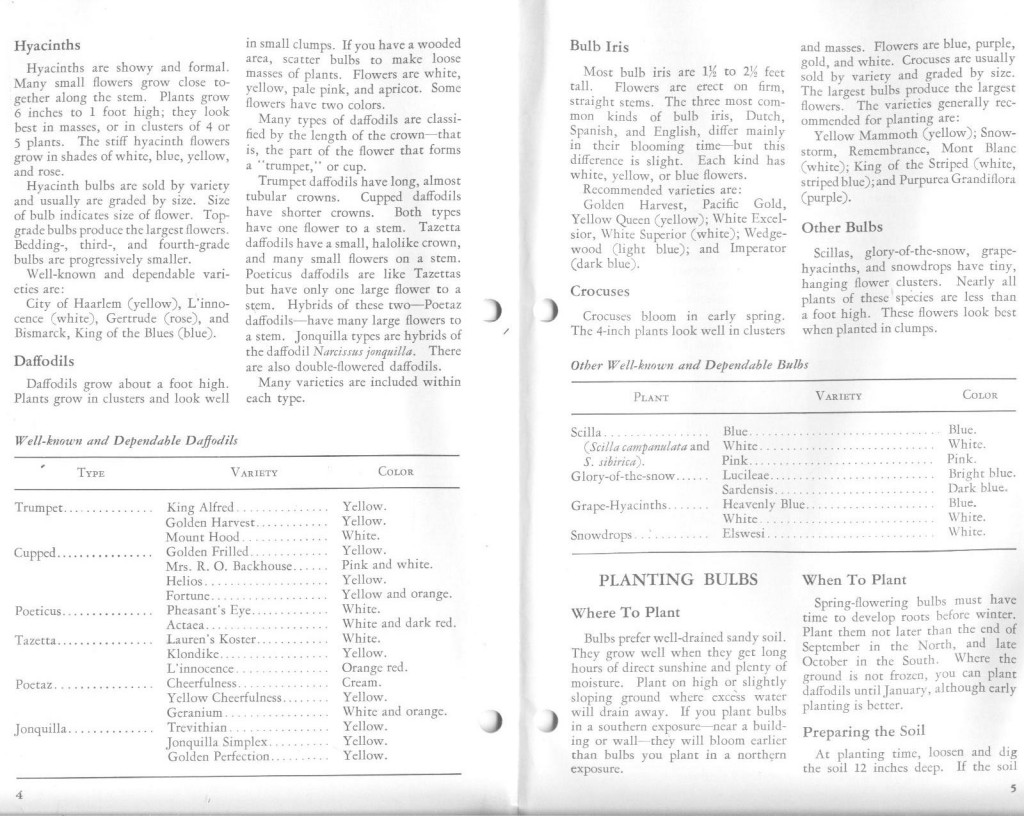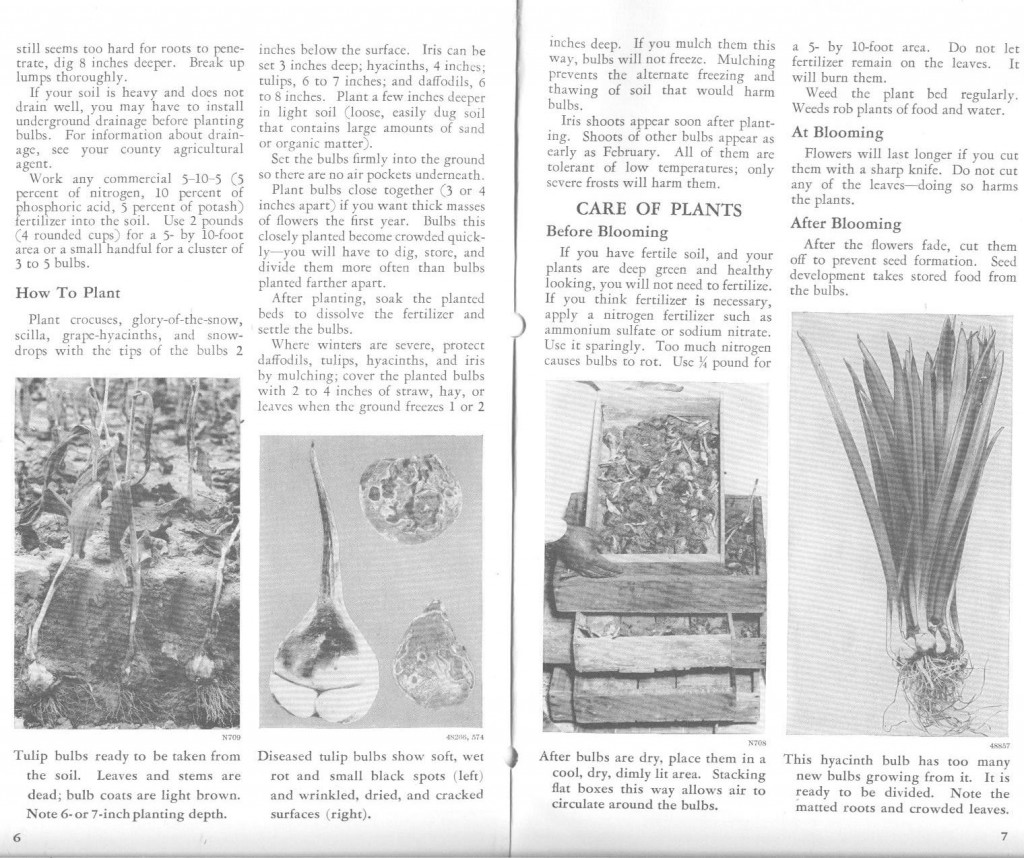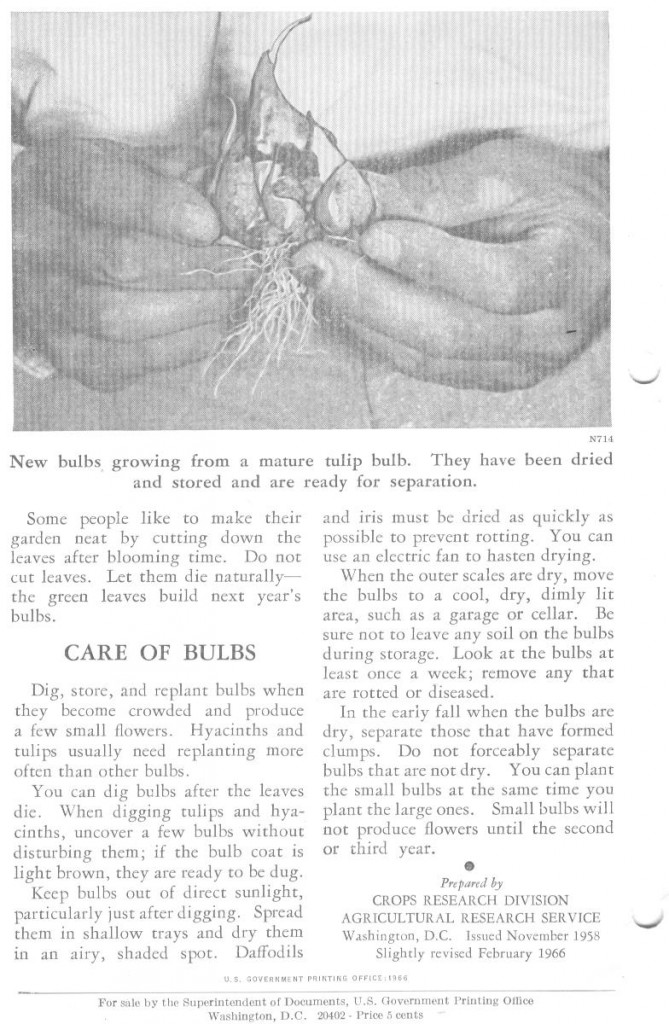While walking past a clump of Monarda the other day, I noticed the plants were humming with insects. Even though the flowers were past peak blooming, all sorts of bees were buzzing around.
I took a minute or so to look at the insects and counted at least a half dozen different species of the bee family. There were honeybees, paper wasps and some kind of bumblebee; those were easy to spot. Looking closer I could see other species of smaller bees that I was not able to identify. It’s no wonder Monarda is called Bee Balm. Butterflies and hummingbirds like Monarda too.
Bee Balm is a native plant that has found a place in the garden. Normally, in the wild, it grows in damp areas. In the garden, it grows fine in a flowerbed; you just need to give it a little extra water during dry spells. If you have a wet area that gives you problems, Monarda is a good solution.
Even though Monarda is a perennial, it is best to wait until spring before dividing and moving a clump to your garden. Fall planted Monarda will often winterkill. I have grown it from seed; it is fairly easy to start and is a cheap way to get a lot of plants.
It grows to a height of three or four feet, has red, pink or purple flowers depending on the variety, and takes care of itself once it is established.
Monarda is also used as an herb. In the herb garden, it is known by its other two names Bergamot and Oswego Tea.
Planting Monarda is an easy way to add color to your garden while helping our local honeybees and other pollinators.




